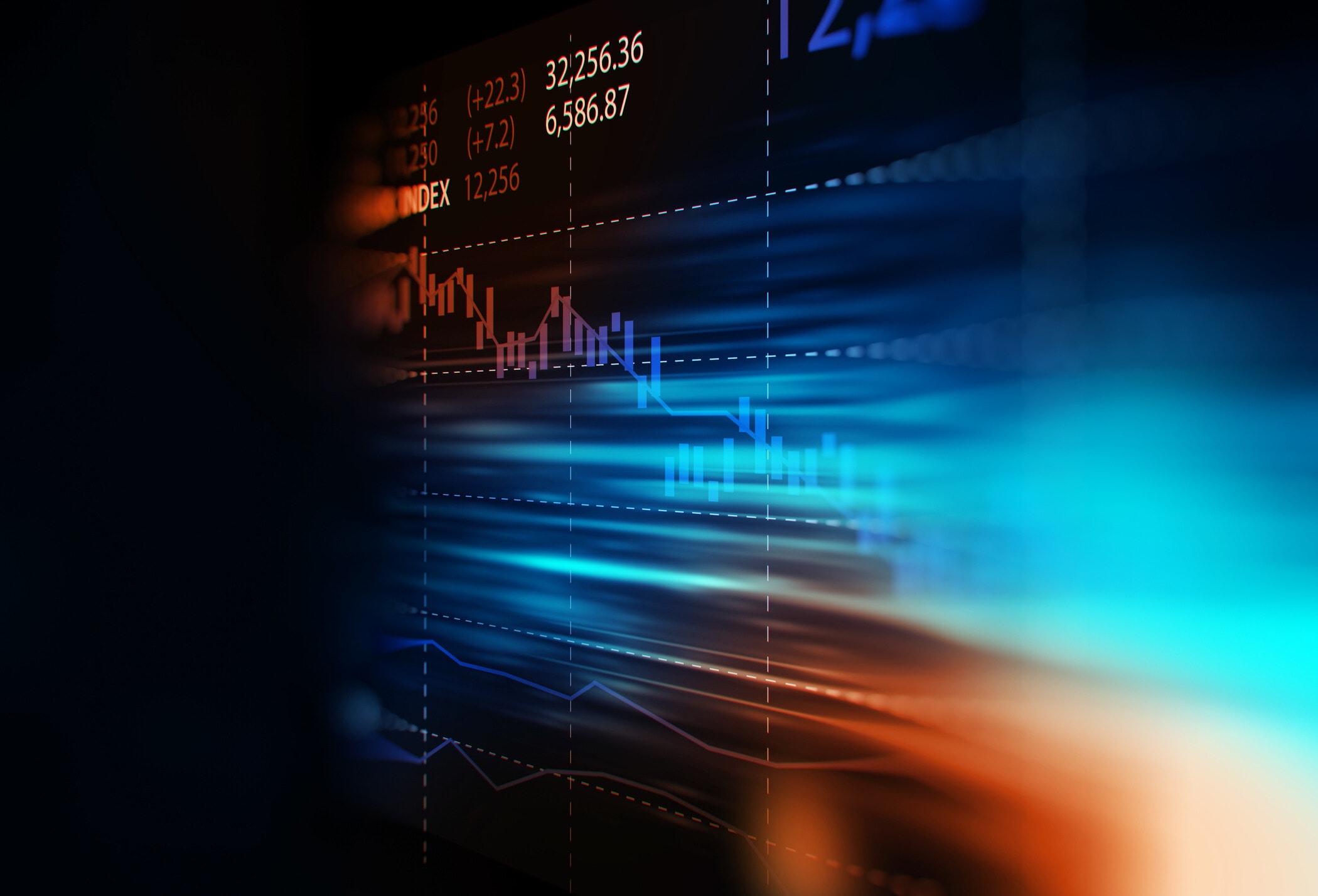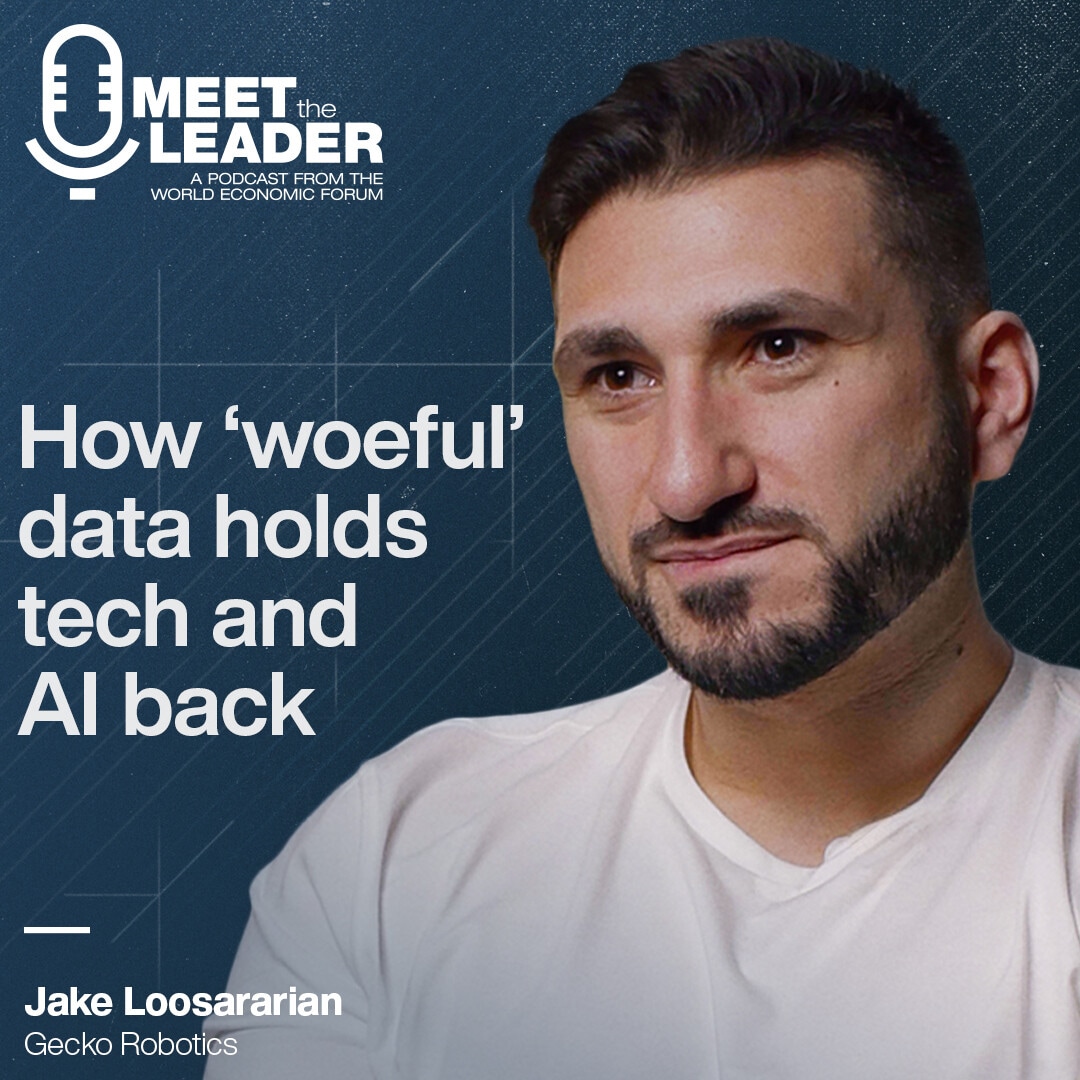Could artifical intelligence create culture?

Algorithms can create music streams, and forumlaic 'literature' but could they ever create culture?
Image: REUTERS/DARPA/Handout via Reuters
Stay up to date:
Artificial Intelligence
Algorithms help us to choose which films to watch, which music to stream and which literature to read. But what if algorithms went beyond their jobs as mediators of human culture and started to create culture themselves?
In 1950 English mathematician and computer scientist Alan Turing published a paper, “Computing Machinery and Intelligence,” which starts off by proposing a thought experiment that he called the “Imitation Game.” In one room is a human “interrogator” and in another room a man and a woman. The goal of the game is for the interrogator to figure out which of the unknown hidden interlocutors is the man and which is the woman. This is to be accomplished by asking a sequence of questions with responses communicated either by a third party or typed out and sent back. “Winning” the Imitation Game means getting the identification right on the first shot.
Turing then modifies the game by replacing one interlocutor with a computer, and asks whether a computer will be able to converse sufficiently well that the interrogator cannot tell the difference between it and the human. This version of the Imitation Game has come to be known as the “Turing Test.”
Turing’s simple, but powerful, thought experiment gives a very general framework for testing many different aspects of the human-machine boundary, of which conversation is but a single example.
On May 18 at Dartmouth, we will explore a different area of intelligence, taking up the question of distinguishing machine-generated art. Specifically, in our “Turing Tests in the Creative Arts,” we ask if machines are capable of generating sonnets, short stories, or dance music that is indistinguishable from human-generated works, though perhaps not yet so advanced as Shakespeare, O. Henry or Daft Punk.
Conducting the tests
The dance music competition (“Algorhythms”) requires participants to construct an enjoyable (fun, cool, rad, choose your favorite modifier for having an excellent time on the dance floor) dance set from a predefined library of dance music. In this case the initial random “seed” is a single track from the database. The software package should be able to use this as inspiration to create a 15-minute set, mixing and modifying choices from the library, which includes standard annotations of more than 20 features, such as genre, tempo (bpm), beat locations, chroma (pitch) and brightness (timbre).
In what might seem a stiffer challenge, the sonnet and short story competitions (“PoeTix” and “DigiLit,” respectively) require participants to submit self-contained software packages that upon the “seed” or input of a (common) noun phrase (such as “dog” or “cheese grater”) are able to generate the desired literary output. Moreover, the code should ideally be able to generate an infinite number of different works from a single given prompt.
To perform the test, we will screen the computer-made entries to eliminate obvious machine-made creations. We’ll mix human-generated work with the rest, and ask a panel of judges to say whether they think each entry is human- or machine-generated. For the dance music competition, scoring will be left to a group of students, dancing to both human- and machine-generated music sets. A “winning” entry will be one that is statistically indistinguishable from the human-generated work.
The competitions are open to any and all comers. To date, entrants include academics as well as nonacademics. As best we can tell, no companies have officially thrown their hats into the ring. This is somewhat of a surprise to us, as in the literary realm companies are already springing up around machine generation of more formulaic kinds of “literature,” such as earnings reports and sports summaries, and there is of course a good deal of AI automation around streaming music playlists, most famously Pandora.
Judging the differences
Evaluation of the entries will not be entirely straightforward. Even in the initial Imitation Game, the question was whether conversing with men and women over time would reveal their gender differences. (It’s striking that this question was posed by a closeted gay man.) The Turing Test, similarly, asks whether the machine’s conversation reveals its lack of humanity not in any single interaction but in many over time.
It’s also worth considering the context of the test/game. Is the probability of winning the Imitation Game independent of time, culture and social class? Arguably, as we in the West approach a time of more fluid definitions of gender, that original Imitation Game would be more difficult to win. Similarly, what of the Turing Test? In the 21st century, our communications are increasingly with machines (whether we like it or not). Texting and messaging have dramatically changed the form and expectations of our communications. For example, abbreviations, misspellings and dropped words are now almost the norm. The same considerations apply to art forms as well.
Who is the artist?
Thinking about art forms leads naturally to another question: who is the artist? Is the person who writes the computer code that creates sonnets a poet? Is the programmer of an algorithm to generate short stories a writer? Is the coder of a music-mixing machine a DJ?
Where is the divide between the artist and the computational assistant and how does the drawing of this line affect the classification of the output? The sonnet form was constructed as a high-level algorithm for creative work – though one that’s executed by humans. Today, when the Microsoft Office Assistant “corrects” your grammar or “questions” your word choice and you adapt to it (either happily or out of sheer laziness), is the creative work still “yours” or is it now a human-machine collaborative work?
We’re looking forward to seeing what our programming artists submit. Regardless of their performance on “the test,” their body of work will continue to expand the horizon of creativity and machine-human coevolution.
Don't miss any update on this topic
Create a free account and access your personalized content collection with our latest publications and analyses.
License and Republishing
World Economic Forum articles may be republished in accordance with the Creative Commons Attribution-NonCommercial-NoDerivatives 4.0 International Public License, and in accordance with our Terms of Use.
The views expressed in this article are those of the author alone and not the World Economic Forum.
Forum Stories newsletter
Bringing you weekly curated insights and analysis on the global issues that matter.
More on Emerging TechnologiesSee all
Lim Chow-Kiat
August 21, 2025
Charles Bourgault and Sarah Moin
August 19, 2025
Spencer Feingold
August 18, 2025
Jon Jacobson
August 14, 2025
Ruti Ben-Shlomi
August 11, 2025





